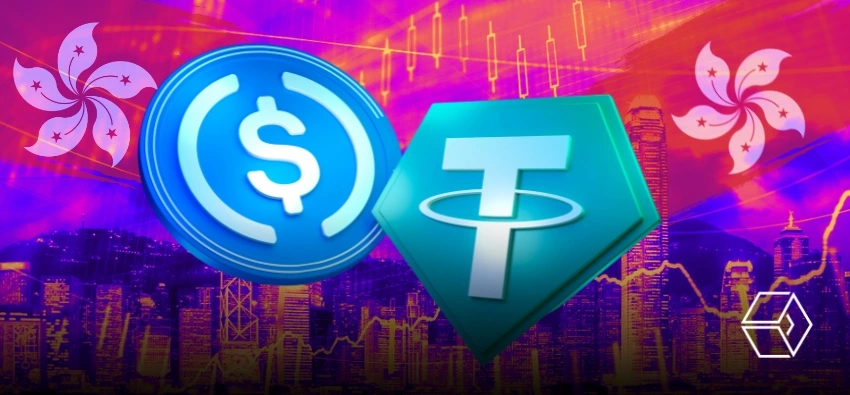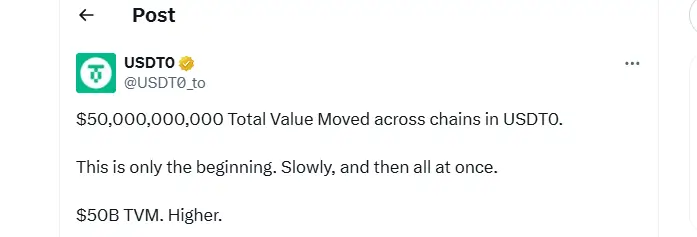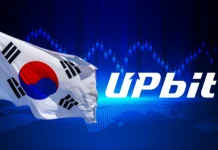
- USDT0 grows across many chains and moves more than $50B through its expanding web.
- The network lifts stablecoin access and gives one route for transfers across many systems.
- XAUT0 rises with strong support and adds new value as gold moves freely across chains.
USDT0 has passed the $50 billion mark in total value moved, reaching the milestone only ten months after going live in January 2025. The network has also processed more than 415,000 transfers during that period, placing it among the fastest-expanding cross-chain systems supporting stablecoin movement across major blockchains.
USDT0 Pushes Past $50B as Its Cross-Chain Web Expands (Source: X)
The scale of its growth invites a central question: can a unified liquidity system change how stablecoins move across global networks?
Rapid Expansion Across Leading Chains
Since its launch, USDT0 has developed into the largest omnichain network built for Tether’s stablecoin. It allows USDT to move across multiple chains without wrapped tokens or third-party bridges, cutting out some of the complications that users often face when shifting assets between networks.
Chainwire reports that a wide range of ecosystems now support the network. Ethereum, Arbitrum, Ink, and Sei L2s were early additions, followed by Bitcoin-linked layers such as Corn and Rootstock.
As adoption sped up, other networks such as Conflux, Plasma, Solana, and HyperLiquid became part of the mix. The addition of every new network provides users with an easy opportunity to mint USDT0 using the LayerZero Omnichain Fungible Token standard that takes care of native inter-chain transfers.
Unlike wrapped versions of USDT, USDT0 is minted directly on the destination chain and mirrors the supply 1:1 with USDT locked at the source. This setup helps reduce liquidity fragmentation and lets businesses and platforms work with one unified asset across different chains instead of juggling several versions.
Growing Use of Omnichain Gold and Institutional Interest
Alongside USDT0, interest has also grown around XAUT0, the omnichain version of Tether Gold managed by Everdawn Labs. XAUT0 now carries a market cap of $2 billion, backed by around 376,000 troy ounces of gold. This allows gold to function in a programmable environment and move across chains similar to a stablecoin.
Kevin M., a co-founder of USDT0, said the project started as “a startup within the Tether ecosystem,” with its earliest issuance on the INK Layer 2 network. Tether CEO Paolo Ardoino described USDT0 as technology that moves stablecoins beyond single-chain limits and brings them into what he called “a monetary mesh infrastructure.”
He noted that Tether’s aim has always been to move value across borders and networks, and USDT now plays a major part in that plan. New entrants are also emerging. Paxos and LayerZero recently introduced USDG0, an omnichain version of the Global Dollar.
Paxos and LayerZero recently introduced USDG0 (Source: X)
It is backed by a consortium that includes Anchorage Digital, Kraken, Bullish, OKX, Robinhood, and Worldpay. Their involvement suggests that more firms see cross-chain liquidity as a key part of the next stage of digital finance.
USDT0 Strong Growth Brings New Questions
The emergence of USDT0 has undoubtedly raised questions about risk, supervision, and clarity in operations. Although the network has processed transactions worth over $50 billion during its operational period, experts continue to observe its reactions during stressful situations. Rapid withdrawals or imbalanced liquidity might put the stability of a network that connects several chains to the test.
There are also regulatory considerations. Because USDT0 operates across numerous networks and jurisdictions, questions remain around how oversight will evolve as the system grows. The industry is paying close attention to how governance structures adapt as more value flows through these channels.
Even so, the network’s early momentum suggests that the market is shifting toward unified liquidity systems instead of isolated chains. As more value flows across these channels, the industry may be moving toward a financial layer that operates across chains rather than being tied to any single one.












